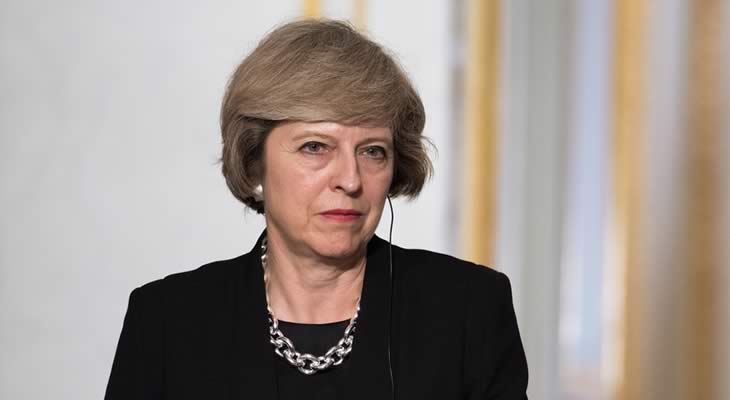The Pound Australian Dollar exchange rate has seen major gains over recent sessions. Poor demand for risky currencies like the Australian Dollar, as well as rising market hopes for Brexit progress to be made in December, have helped Sterling to easily advance on a weak ‘Aussie’.
GBP AUD opened the week at the level of 1.7500 and has since gained over two cents. On Thursday morning, the pair trended near its best levels since the 2016 Brexit vote – 1.7814.
Pound (GBP) Continues Climb as ‘Hard Brexit’ Fears Fade
After surging against most major currency rivals on Tuesday evening due to news of a potential breakthrough in UK-EU Brexit negotiations, the Pound has continued to advance.
By Thursday morning the Pound was still registering solid gains against the Australian Dollar despite a lack of strong UK data, thanks to market hopes that the first phase of Brexit negotiations will see significant progress in December.
On Tuesday evening, reports began to emerge that the UK and EU were close to reaching a deal on the Brexit divorce payment, which had long been a major point of contention and had caused months of ‘deadlock’ in talks.
On top of this, Wednesday reports suggested that both negotiating teams were also closing on a deal for the Irish border issue.
According to Sean Callow, currency strategist from Westpac;
‘The overall impression is that the Pound is shedding more of its political risk premium after the budget and especially as Brexit talks make progress,
The market seems inclined to assume the best on the talks, with interest today in The Times’ report that Britain is close to a deal on the Northern Ireland border.’
A drop in UK consumer confidence had little impact on Pound trade. GfK’s November consumer confidence print was forecast to come in at -11 but slipped to -12. Nationwide’s housing prices index also fell short of expectations on Thursday morning.
Still, as the EU imposed a 4th December deadline for the UK to prepare more satisfactory proposals for Brexit divorce arrangements, Sterling could continue to advance unless doubts begin to rise again.
For example, if there are signs that the UK and EU will not fully agree on the divorce bill or the Irish border issue before Monday, the Pound could still quickly shed all its current gains.
On the other hand, if deals are reached it will bolster the chance that negotiations could accelerate significantly over the next month and help to quickly unlock UK-EU trade talks in early 2018.
This would make Pound investors more optimistic for the possibility of a post-Brexit transition period as well as a UK-EU deal and would leave the Pound outlook much higher in the near to long-term.
Australian Dollar (AUD) Trade Lacks Notable Support
The Australian Dollar has shed ground over recent sessions amid a lack of market reasons to buy the risky commodity-correlated currency.
Prices of key commodities, such as iron ore, have slipped in recent sessions. As iron ore is Australia’s most lucrative commodity and is forecast to fall back to US$50 per tonne, investors have sold the Australian Dollar.
US news has dented demand for risky currencies like the ‘Aussie’ too. US economic news has been strengthening and investors are becoming more optimistic that US tax cut plans could see success in Congress in the coming days.
As the US Dollar (USD) has strengthened this has put pressure on Australian Dollar trade.
Recent Australian data has been decent, but this has not been strong enough to boost the ‘Aussie’.
Australian building permits were forecast to worsen from 1.5% to -0.9% in October, but while the previous figure was revised to 0.6% the October result actually rose to 0.9%.
Australian business investment also hit its highest level in over a year during Q3 2017 and analysts believed these two reports pointed to a pick-up in economic activity.
Next week could be a big one for Australian news though and could inspire more strength in the Australian Dollar if it impresses.
Tuesday will see the Reserve Bank of Australia (RBA) hold its December policy decision while Wednesday will follow with Australia’s Q3 Gross Domestic Product (GDP) results.
If the bank hints that Australia’s economy is picking up despite wage growth concerns, this could boost the ‘Aussie’ outlook. Strong growth data would also please investors.
GBP AUD Interbank Rate
At the time of writing this article, the Pound Australian Dollar exchange rate trended in the region of 1.7785. The Australian Dollar to Pound exchange rate traded at around 0.5620.


Comments are closed.